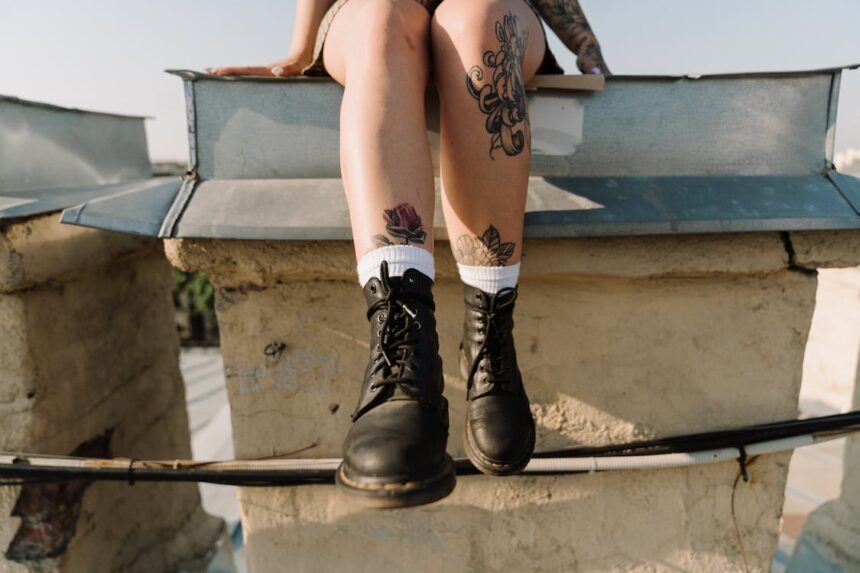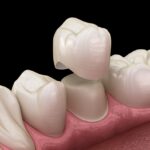Many people are interested in how tattoos affect diseased veins. Today, this procedure is popular. Not only teenagers but also mature men and women decorate their bodies with various images. Women often get tattoos on their ankles but usually have problems with blood vessels, and therefore, they need to carry out any operations on affected areas carefully.
Some people just want to apply their favorite pattern to the body, not necessarily near swollen vessels. Others seek to disguise varicose veins with tattoos.
It is recommended to contact a vein center and undergoing an ultrasound scan before the tattoo procedure is recommended. Only after the diagnosis, the doctor will determine how the tattoo will affect the varicose veins of the legs. But first, let’s talk about the disease itself – its causes, signs, and risk factors.
What Causes Varicose Veins?
So far, the exact cause is unknown. Scientists continue to study this pathology, but an answer has yet to be found.
Veins carry blood from the organs to the heart. In the legs, blood flow rises vertically from the feet, which is hindered by the force of gravity. Some of the blood flows down. As a result, it overflows and dilates the vessels. Outwardly, this manifests itself in the form of blue, red or purple patterns on the surface of the skin.
To protect against the effects of gravity, the human body uses several mechanisms – the valve system and the muscle pump. Valves are membranes inside veins. They pass blood up, and then close and do not allow it to drain back. Sometimes the valves get loose. Some people are born with a defective valvular system, while others damage these membranes over the course of their lives. Varicose veins are often associated with a malfunction of the venous valves.
What Are the Risks of Tattooing with Varicose Veins?
Swollen vessels sometimes protrude strongly above the skin. Therefore, they are more vulnerable to injury. During tattooing, the skin is often pierced with thin needles to draw ink under it. The procedure rarely damages the veins. Moreover, trauma to healthy vessels usually does not cause serious complications.
Affected veins are more vulnerable. Getting a tattoo on a varicose vein can cause internal or external bleeding, which requires medical attention. Tattoos almost do not help to hide large dilated vessels. Yes, the image will make the veins less visible. But gradually, the diseased vessels increase, and therefore, the tattoo on them will change, turning into a distorted picture.
On other body parts, tattoos are harmless, so feel free to decorate the skin over healthy veins. If you still want to tattoo the area with varicose veins, then first go for an examination by a phlebologist. They will check the blood vessels and treat them.
You can also ask your doctor about other procedures that are not recommended for diseased veins.
What Cosmetic Procedures Should You Avoid with Varicose Veins?
Unfortunately, diseased dilated vessels not only interfere with making tattoos all over the body. They also limit other beauty procedures.
For example, people with twisted veins find it challenging to choose a safe way to epilate. Now, there are many ways to get rid of excess body hair. Only a few are suitable for varicose veins. High temperatures are dangerous for diseased vessels because when the skin is heated, the veins expand. Healthy vessels easily tolerate it, but swollen veins can be damaged.
So, doctors do not recommend doing the following:
- Mechanical hair removal;
- Sugaring;
- Quantum hair removal;
- Enzymatic hair removal.
Sometimes, it is possible to use laser hair removal with limitations, but first you must consult a phlebologist. However, it is possible to safely carry out any cosmetic procedures if you treat your varicose veins.








